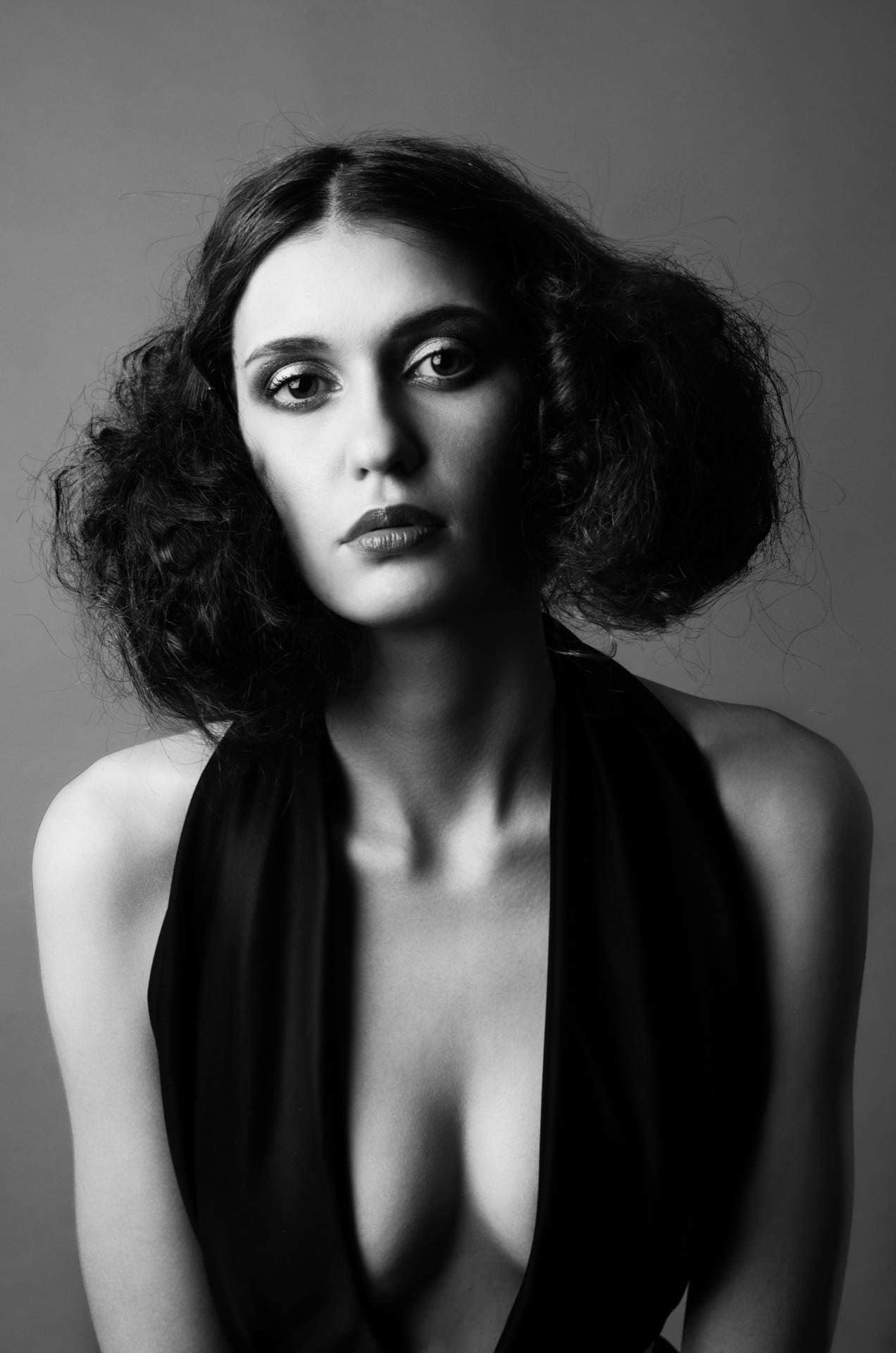One of the most important things to me as I make my first book for the #areyoubookenough challenges, is to commit to learning, or at least experimenting with, new-to-me techniques with each new book. Otherwise I’ll just repeat myself over and over and it will become less of a challenge each month.
In my previous post I talked about the book block structure – printed nautical charts folded into pockets which will hold photos and maybe also printed text sheets. This post is all about my plans for the cover.

I decided to try a full cover cloth binding for this book, as I’ve yet to make one; usually I use cloth for just the spine, and marbled paper for the rest of the cover. This brought up a new dilemma though: would I “decorate” the cover, or leave it plain?
As much as I love book cloth, and a clean, minimalist look, this is a very personal photo book, and I want the cover to hint at the contents. So, I’m planning to include a photo on the cover, either a photo of our boat – the book is a photo album of our three month sailing sabbatical – or maybe something more intriguing, a simple but beautiful photo of a seascape. I have one in mind, in fact.

I’ve never made an inset before, so figured this would be a fun thing to try out. I took a scrap piece of book board (thank you to whichever bookbinding author wrote that you should never throw out any scraps!), made deep cuts in a rectangle shape, and peeled back several layers of the board.
Following the instructions I’d read, I glued the cloth, boned it down over the board, and finally took the sharp end of my bone folder to work on the inset piece. I actually found that for this rectangular inset it worked better to use the flat end of the folder versus the pointed end. I also discovered that one of my book cloths (Iris, in celery color) got really shiny, despite the fact that I have a Teflon folder. The Asahi bookcloth in mohair blue didn’t suffer the same problem though. So maybe it’s more to do with the cloth than my poor technique. I plan to read a little more about this and make some more test pieces before I work on the final book.

I didn’t have any small photos lying around, so I cut a tiny print from a rejected marbled print to use as my inset image. The marbled piece as a whole was poor; however this tiny portion of it looks rather nice in the inset; and it’s pleasing to make something pretty from rejects and scraps. I think this piece (which I then finished on the reverse with another, larger scrap of marbled paper) would make a lovely alternative to a greeting card.

The inset piece also gave me an opportunity to test out my corner folding skills with cloth, as up until now I’ve only used paper to cover external corners (!) and it was easier than I had imagined. Again, something to read more about before I make the final book, as I believe there are at lest three different methods for finishing cloth covered external corners, including the universal corner which I didn’t try.






0 Comments